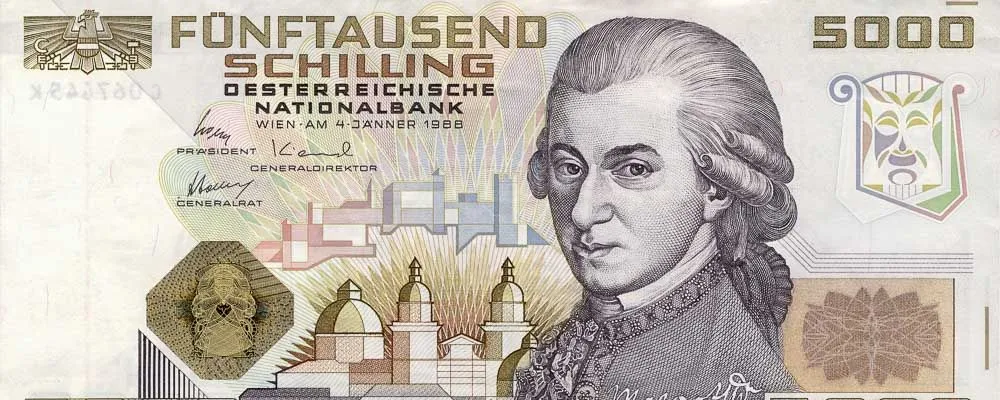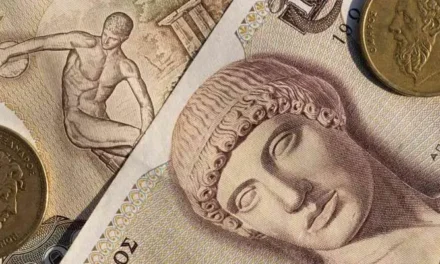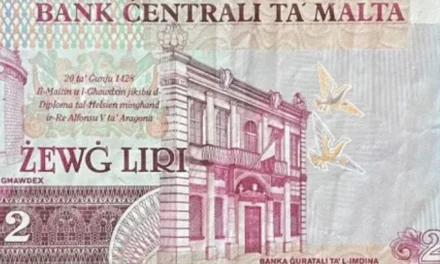Are you interested in knowing what currency was used in Austria prior to the introduction of the Euro? Look no further! In this article, we’ll take a closer look at the history of Austrian currency before the Euro and how it has evolved over time.
Austrian Money Before the Euro
Here is a list of the major Austrian currencies that were in use before the adoption of the euro:
- Gulden (1754-1892): The gulden was the official currency of Austria-Hungary from 1754 until the end of the empire in 1918. It was also used in other parts of Europe, including Germany and the Netherlands, and was made of gold or silver. The gulden was divided into 100 kreuzer.
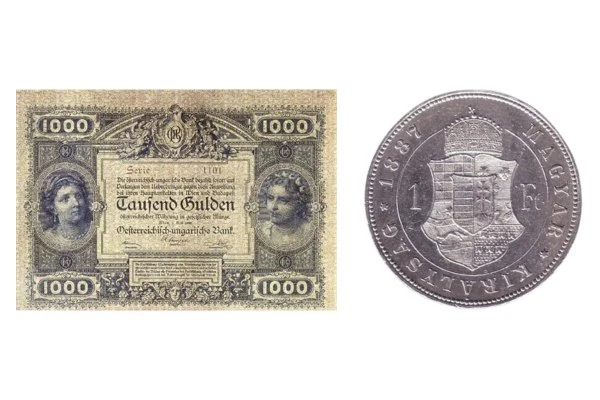
- Austrian krone (1892-1924): The krone was introduced in 1892 and was Austria’s official currency until 1924. It was made of gold or silver and was divided into 100 heller.
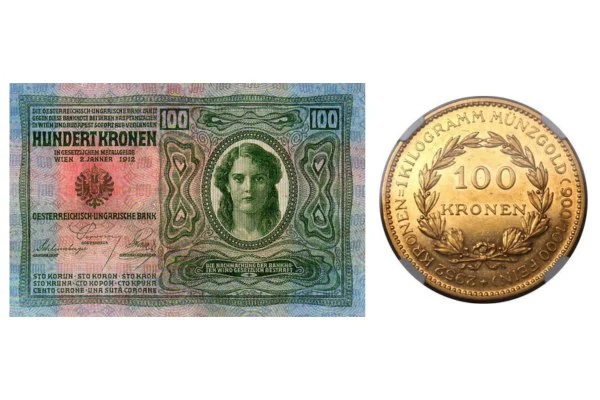
- Schilling (1925-1938 and 1945-1999): The schilling was introduced in 1925 and replaced the krone. It was also Austria’s currency during the Nazi occupation of Austria from 1938 to 1945. After World War II, the schilling was reintroduced in 1945 and remained in use until the adoption of the euro in 1999. Schilling was divided into one hundred groschens.
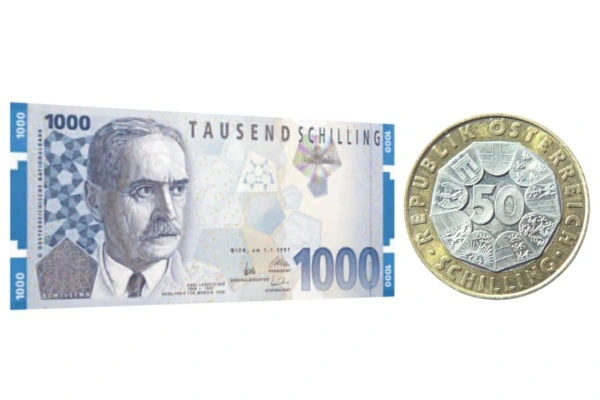
- In 1995, Austria joined the European Union, and in 1999 it became one of the first countries to adopt the Euro as its currency. The schilling remained in circulation until 2002, when it was completely phased out and replaced by the Euro.
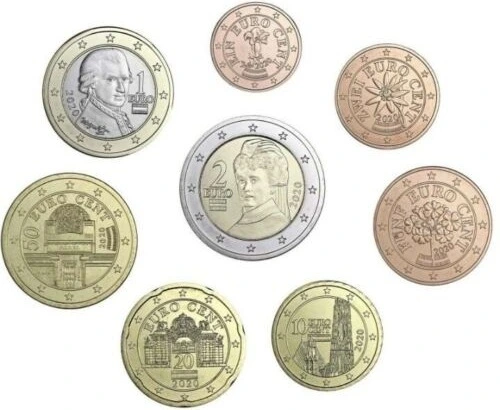
Throughout its history, Austria’s currency has undergone numerous changes due to economic and political factors. However, the adoption of the euro has brought stability to the Austrian economy and made transactions across borders much easier. Today, the euro is the official currency of Austria and is used by millions of people every day.
Coins and Banknotes
During its time as Austria’s official currency, the schilling was available in two forms: coins and banknotes. Coins were circulated in various denominations, including 1, 2, 5, 10, and 50 groschen, as well as 1, 5, and 10 schillings.
On the other hand, banknotes were issued in different values, ranging from 20 to 1,000 schillings. These different forms of the currency played an essential role in facilitating trade and commerce throughout the country.
Collecting Austrian Schillings
Even though the schilling is no longer in use, it is still possible to collect coins and banknotes as a hobby. Some collectors are interested in acquiring rare and valuable pieces, while others simply enjoy the nostalgia of holding a piece of history in their hands.
You can get these coins and banknotes on online platforms such as Etsy or Ebay, specialized coin stores, etc.

